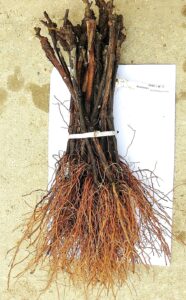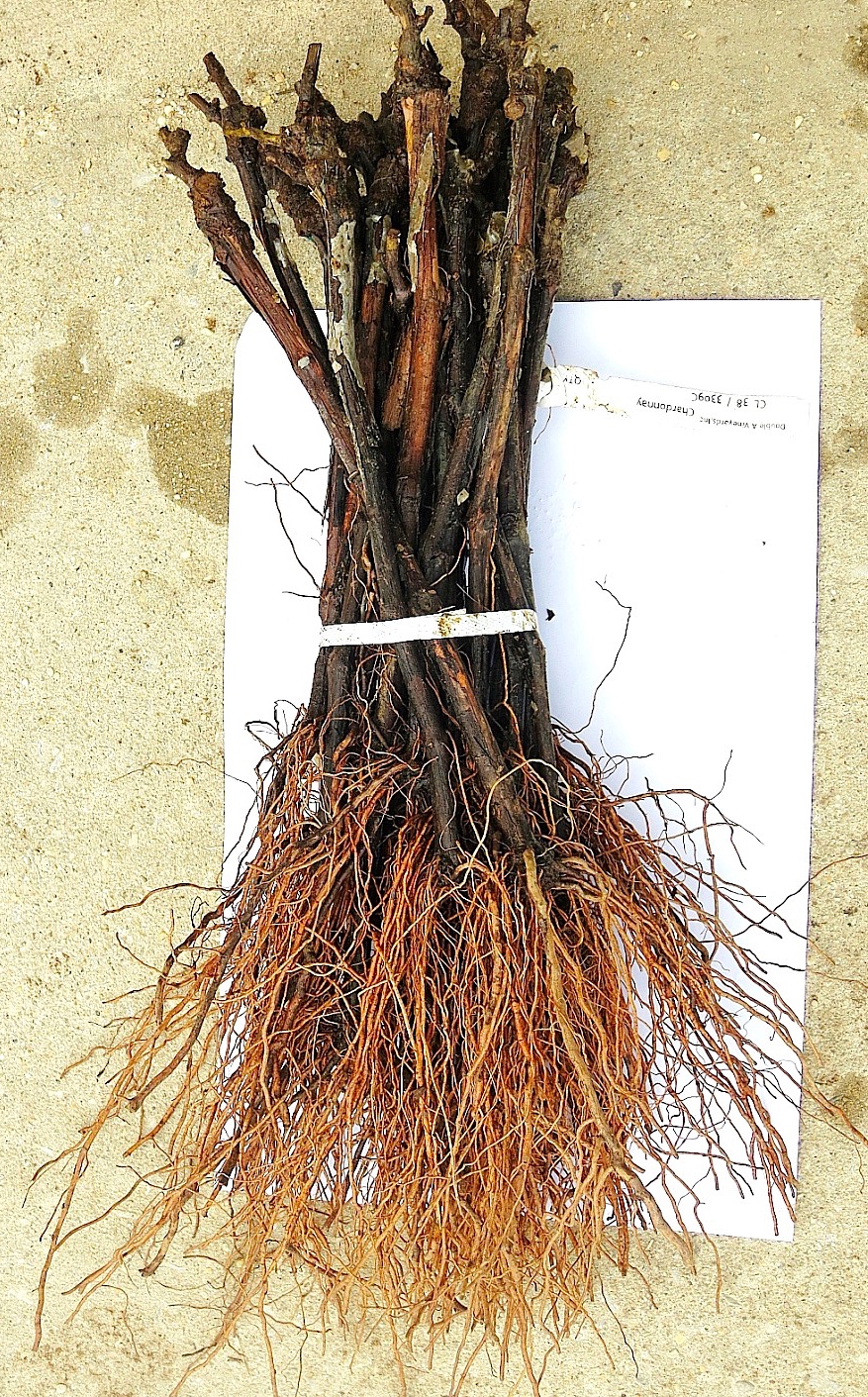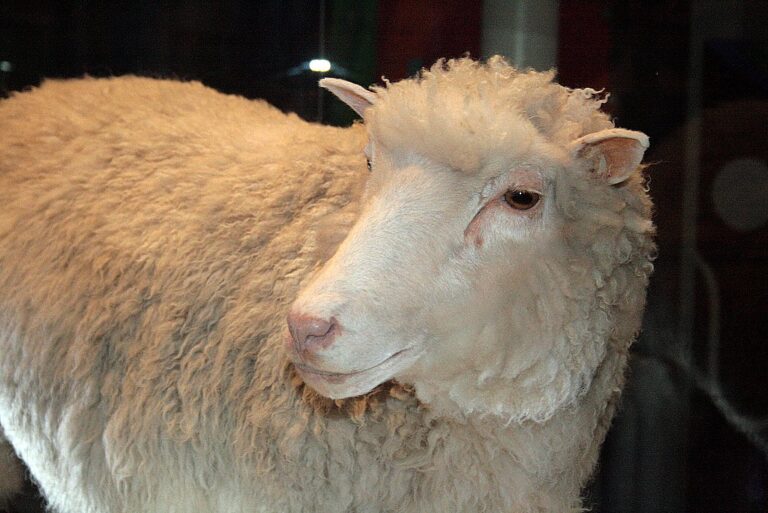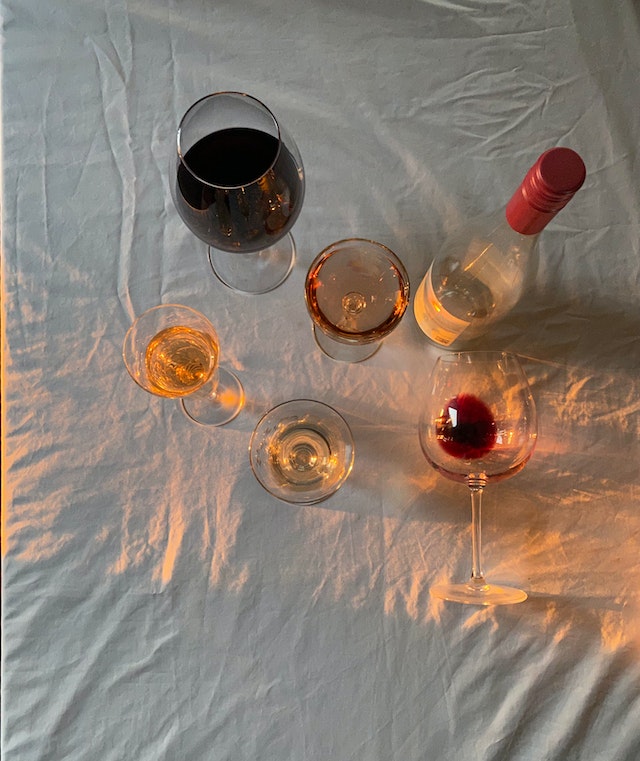During the growing season, there are two very important zones of the vine that must be managed; canopy management and fruit zone management. When we talk about canopy management, we are doing our best to keep the vine in balance between its two phases; vegetative and reproductive.
This balance does not begin in the Spring, it actually began long before the vines were planted. To maintain ideal balance, the vineyard manager needs to make sure they chose the correct site, variety, rootstock, training system and proper vine spacing.

The soil in which the vines are planted also plays an important role in balance. Fertile soils that retain water will lend themselves to increasing the vigor of the vine. This is not beneficial to creating quality wine. It has been shown that vines under stress will use their energy sparingly. Instead of placing their energy into the production of leaves, it spends its energy on ripening the fruit.
The management of the vines is dependent on the desired outcome of the wine. Consideration of wine style and price point is mandatory when designing the management system. If done correctly, little intervention is required. Canopy management can be broken down into five categories: pruning, shoot thinning, sucker removal, shoot positioning and leaf removal. Pruning is performed while the vines are dormant and set the stage for the upcoming growing season. It is an extremely important aspect to the vine’s health and balance. The removal of last year’s dead wood sets the tone for the number and distribution of shoots, length of the cane and distribution of shoots and clusters.
Shoot thinning is done in order to adjust the shoot numbers and their distribution. Attention is paid to the density and leaf area. Shoot thinning, done after bud break, helps to regulate crop size. Shoot positioning also improves the canopy’s configuration and is exactly what it sounds like; the shoots are placed into positions to provide the correct amount of shade necessary for the fruit to ripen without burning. The vineyard manager can also move wires in order to provide proper canopy layers. Wire movement, although can be beneficial, needs to be done at the proper time otherwise the labor can be futile. If done too early, the shoots will not remain attached as they grow and if done too late, manipulation of the shoots can lead to breakage. Once the shoots are in the desired place, they are held in place with wire or plastic ties/clips.

Leaf removal allows the interior portion of the canopy to receive air and sunlight. This is necessary, as if the center is devoid of air circulation it becomes susceptible to disease. The openness also allows the fruit to ripen fully enhancing the aromatics, flavors and color. (including the breaking down of methoxypyrazines responsible for bell pepper)
Additionally, management can include lateral removal when there is a high concern for sunburn if leaf removal is performed. This is done by removing the lower interior leaves. This is extremely time consuming but may be necessary if the vines are excessively vigorous.
Canopy management is not a one and done activity in the vineyard. These practices may need to be repeated during the growing season. It is not unheard of to complete leaf thinning three times or crop thinning a couple of times throughout the growing year. The best laid plans may need to be altered depending on rainfall, frost, wind damage, insect or disease.
~Slàinte!
Please follow us on Instagram, Twitter, Facebook and Youtube.
Click to find out more about Dracaena Wines CHALK CLUB 





